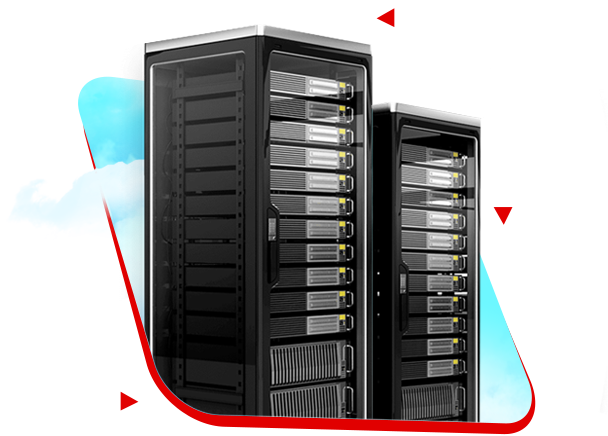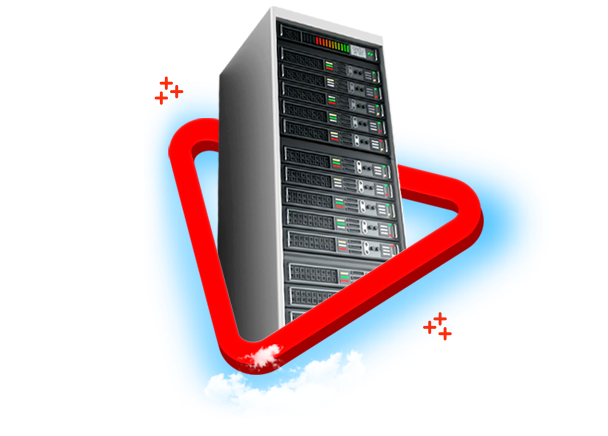
What is a router and how does it work? To answer this question, we must look at technology and its role in today’s times. The internet came and changed the world for the inhabitants of the earth. The world of humans these days is the era of data and information. Do you want to know how information has become so important to us?
Just take a look around, home modems are what connect you to the vast Internet platform and bring you data from all over the world. IC.N Router This may seem simple at first glance; But routing information correctly is a difficult task and requires equipment such as a router. Equipment that directs information in the right direction and delivers it to the audience.
Various companies produce network equipment, including routers. In the meantime, Cisco router types and Mikrotik router types are better known and used more than others.
In this article, we are going to examine Zirowebm router and the application of this device for transferring information on the network platform.
What is a router? in a simple word
Table of Contents
A router is a physical hardware or virtual software designed to receive, analyze and forward data packets between computer networks. In fact, the router examines the destination IP address of a data packet, then considers the best way to forward the packets.
Each router is usually connected to the modem via a wire, or it is built into the modem. The work of the router is to send information through the Internet to all devices in your home, such as smartphones, tablets, game consoles, computers, etc.; In other words, when you connect to Wi-Fi, you are connected to a router.
To better understand how a router works, you need to break down your home network system into different components.
The first service you have is internet or broadband. The second component of this system is your modem device. The third component is the router and the fourth component is your mobile phone or computer.
Internet data enters your home through a phone line or wirelessly. This data is transmitted through the modem you have, then the received packets are routed to their destination with the help of a router and converted into what you see on your devices such as computers, telephones and televisions.
How does a router work?
Routers can be used both locally (in the context of a LAN) and they can be used in a wider space (in the context of a WAN).
For example, you can use a router to transfer information and data in your office. Or use it to communicate between remote networks and share information with other network routers. A router uses a routing protocol to transfer data across a network.
The router analyzes the destination IP address in the header of the data packet and compares it with the routing table to determine the next path of the packet. With this method, the router provides a list of routing tables to transfer data to a specific network destination.
Note that a set of rules are considered for routers and according to these rules, they calculate the best path for data transfer according to the given IP address of the destination.

Routers use cable, fiber, or DSL modems to connect the Internet to various devices. Most routers have multiple ports to connect different devices to the Internet at the same time. These devices use routing tables to determine where data is sent and where traffic arrives from.
A routing table generally specifies a router’s default route. Because of this, the router may not succeed in finding the best way to transmit data for a particular packet! For example, a router directs all networks to its service provider along its default route.
Routers have 2 types of routing tables:
- Static tables
- Dynamic or dynamic tables
Static routing tables are configured manually; But dynamic routing tables are automatically updated by dynamic routers based on network activity.
Note: A router is known as an intelligent device because it can automatically calculate the best route for network packets to travel from source to destination. It is true that the structure of physical router and virtual router are different, but these two products have the same application.
What is a virtual router?
100% you also have different devices that are connected to WiFi; Take it from a phone to a smart TV! But have you ever connected your laptop to the modem with a wire and then turned it into a hotspot and connected to the Internet with your phone (via WiFi)?
If yes, then you have created a virtual router; Your laptop has acted as a virtual router here. To be more specific:
A virtual router is a software-based framework that has the exact same functionality as a physical router. In a virtual router, you use the capabilities of your server or computer as a router. Note that it is impossible to create a virtual router without a physical router.
Get to know the types of routers
There are different types of routers for networking. In the following, we have introduced these examples.
-
Wireless router or wireless router
Wireless routers are used to connect Wi-Fi to laptops, smartphones, and other Wi-Fi-enabled devices. These routers can also provide standard Ethernet routing for a small number of wired network systems.
A wireless router generates signals at your workplace or home, allowing computers and smartphones to communicate with the router and connect to the Internet within a certain range.
In a closed space such as inside the house or office, the range of the wireless router is about 45.72 meters. When the connection is outdoors, the range of the router reaches up to 91.44 meters.
To increase the security of wireless routers, you can equip them with a password or define your own IP address on the router. Then, you can connect to the router using the user ID and password you defined.
-
Router Bridge or Brouter
A router is a combination of a router and a bridge. Brouter enables the transfer of data between networks like a bridge, and like a router can route data to personal systems in a network; So Brouter combines the two functions of Bridge and Router by routing some incoming data to guide in the correct path. Of course, at this time, other data is also transferred over the network.
-
Core router
A core router is a type of router that can route data within a network, but cannot trace data between networks! This device is the communication system of computers and the backbone of networks. Because it helps to connect all network equipment. The core router is used by Internet Service Providers (ISPs) and provides a variety of fast and powerful data communication interfaces.
-
Edge router
Edge router is known as the lowest-capacity device in a network. Edge router allows an internal network to communicate with external networks, so this router is also known as an access router. The Edge router uses an external BGP (Border Gateway Protocol) to connect to remote networks over the Internet.
There are two types of Edge routers in networking:
- Subscriber edge router
- Label edge router
Subscriber edge router belongs to the end user of the organization and works when the edge devices are active. Label edge router is used in the border parts of Multiprotocol Label Switching (MPLS) networks. This router acts as a gateway between LAN, WAN or Internet.
-
Broadband routers
Broadband routers are usually used for computers to access high-speed Internet. These routers are needed when connecting to the Internet via telephone or when using VOIP technology. All broadband routers have three or four Ethernet ports for connecting to laptops and desktop systems. Broadband routers are configured by Internet Service Providers (ISPs). These modems are also known as ADSL modems or DSL modems.
What is the use of a router and when do we need a router?
Routers have different uses. In the following, we have mentioned the most important uses of Router.
- Routers are used to connect hardware devices to networks remotely.
- Routers transfer data as quickly as possible; Because they use STM links to connect. That is why they can be used in both wired and wireless modes.
- Internet service providers use routers to send information from source to destination in the form of email, web pages, images, audio or video files. In addition, routers can send data around the world with the destination IP address.
- Routers have the ability to define access restrictions; Therefore, when configuring this equipment, it is possible to allow a few users to access the general data of the site, and for the rest, only allow access to limited data.
- Routers are used by software testers for WAN communications. For example, imagine that the software manager of an organization is in Tehran and his employee is in Shiraz. In this case, the router provides a way to share software tools and other applications with the administrator using the WAN architecture.
- In wireless networks with VPN configuration on routers, the client-server model can be used. In this case, the router allows you to share Internet, video, data, voice and hardware resources.
- Today, routers have internal USB ports in their hardware and their internal storage capacity is considered sufficient; So external storage devices can use the router to store and share data.
- A router is also used to set up a Network Operations Center (NOC). This department is responsible for monitoring events and managing specific network conditions.
And at the end…
In this article, we introduced the router, which is one of the best network equipments, we brought the types of routers and presented the differences between routers and other network equipments. Now you know what role the router plays in sending information on the network and what is the difference between a modem and a router! With this information, you can better decide whether to set up a home internet network or a wide area network.
Please ask any question you have, so that we can guide you very soon.
CATEGORY:Blog











